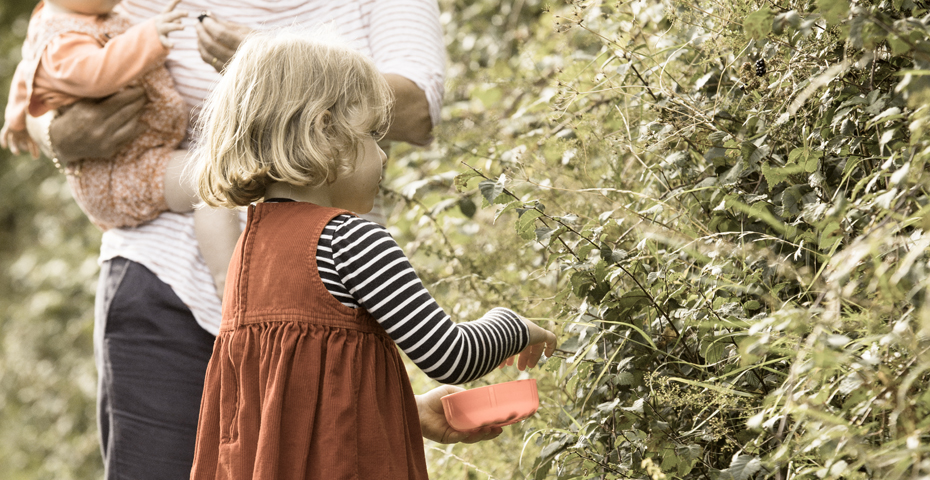Best Restaurants in Totnes
Totnes is a friendly, vibrant town with a laid-back atmosphere, benefiting from the natural beauty of the River Dart....

Local resident Trudy Turrell has been foraging for over 30 years, and regularly runs events for the South Devon AONB. A keen advocate of exploring this stunning area and the wild plants found here, in the 2018 issue of view, she tells us what you can look for and where.
Here Trudy has also given a fantastic Seasonal Goodies List, giving you detailed information about what foods are in season when.
Looking for some inspiration on what to cook with your latest wild food finds? Here are a couple of Trudy’s favourite recipes. We will post more over the coming months, so watch this space!
Cheat’s sea beet pies
Here’s a quick dish to try after a day at the beach or by the river. Just pick up some fresh croissants and a pack of feta cheese on the way back. These remind me of the cheese and spinach pies we once got in Greece…
Take a bunch of sea beet leaves, wash briefly and steam or cook in barely any water for 5 minutes. Don’t add salt as they are slightly salty. Strain and press excess water out. Split each croissant lengthways- open and fill generously with sea beet and chunks of feta. Grill slowly to heat through. Serve with salad.
Garlic Bread
In the spring, gather big bunches of wild garlic for adding to pasta dishes and soups. Whizz it into a pungent pesto or make almost instant garlic bread by chopping the leaves into butter, spreading onto a baguette and popping into the oven.
Interested in arranging a foraging walk with Trudy during your stay? Contact her via email trudy@trudyturrell.plus.com